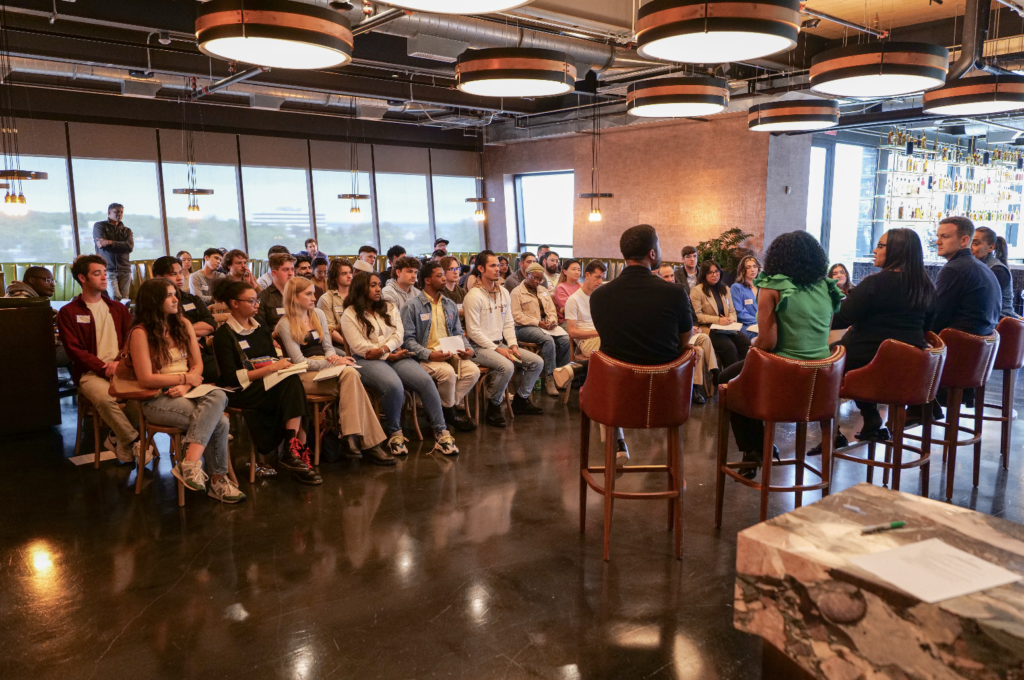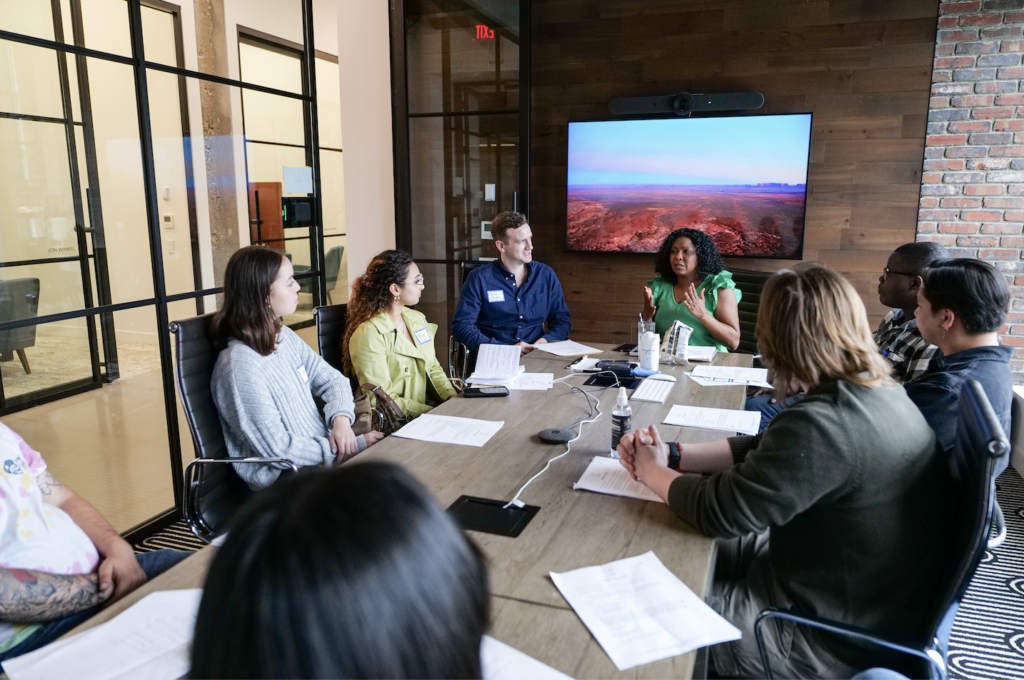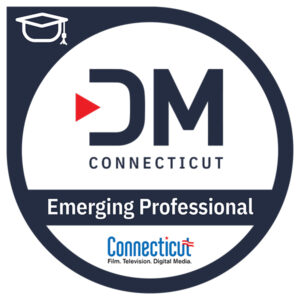Digital Media CT is pleased to announce a new partnership with The Village and The Village Community Foundation to support their Career Discovery Program.

The Village is a 133,000 square foot facility that is, “a community for creating, collaborating, connecting and content.” It is the perfect combination of a modern office, fine dining, and venue space. The village is home to several media companies including ITV America, the largest producer of unscripted content for television and more.
Digital Media CT has partnered with The Village Community Foundation to support their Career Discovery Program, an exciting program designed to help students explore their passions or interests by introducing them to different careers and Industry Leaders in finance, media and entertainment, and venture capital.

Through this partnership we provide diverse students from different universities throughout Connecticut the opportunity to participate in these great events. During the program students gain valuable insight on these industries from guest speakers and end the event with a more intimate industry-specific breakout sessions where they have the chance to ask questions.
DMCT is also be partnering with The Village Community Foundation for our Interactive Digital Media CT Summit, coming September 2024.This event, aimed for college students and alumni, will include a day full of keynote speakers, panel discussions, group challenges, and more! Stay tuned for more updates as the event approaches!
Signup for the DMCT newsletter to stay connected with these events and more.
See Also: Select+CT Podcast Episode 7 – Wheelhouse and The Village
DMCT Emerging Professional Badge

If you’re a student unsure how your skills connect to Connecticut’s growing Digital Media industry, we encourage you to enroll in DMCT’s micro-credential course, The Emerging Practitioner. This course covers many topics to assist you with your transition from University to a Career in CT and beyond! If interested, you can learn more about our course here.